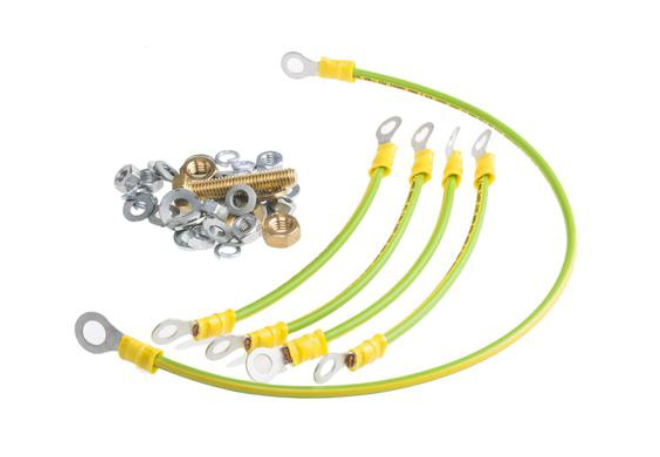Introduction
In the modern era, electrical and electronic devices form the backbone of our daily lives. From our homes to our workplaces, these devices make our lives easier, efficient, and interconnected. However, with such reliance on electricity comes the paramount importance of safety. One of the unsung heroes in ensuring electrical safety is the earthing cable. While it might be unassuming in appearance, its function is indispensable. This article seeks to shed light on the essentials of earthing cables and their critical role in electrical systems.
What are Earthing Cables?
Earthing cables, often referred to as grounding cables, are conductive elements that provide a direct pathway from an electrical system or device to the earth. They typically consist of copper or aluminum strands and play a pivotal role in preventing electrical shocks and hazards.
The Science Behind Earthing
When an electrical system is connected to the earth, it establishes a common reference point for voltage levels. This means that the earth serves as a vast reservoir that can absorb and dissipate excess electrical charges. Earthing cables facilitate this connection, ensuring that any unwanted or surplus electricity finds its way safely into the ground.
Primary Functions of Earthing Cables
- Protection from Electrical Shocks: By providing a path for fault currents to flow to the earth, earthing cables prevent potential differences that can cause harmful electrical shocks. If a fault occurs and electricity flows through a human body, the results can be lethal. However, with effective earthing, this risk is significantly reduced.
- Preventing Damage to Equipment: In cases of electrical surges or faults, earthing cables ensure that excess electricity is channeled away from sensitive equipment. This reduces the risk of damage and elongates the life of these devices.
- Ensuring Proper Functionality: By providing a consistent reference point for voltage, earthing cables allow electrical systems and devices to function correctly and safely.
Types of Earthing Systems
Earthing can be classified into several systems, including:
- TN Systems: The neutral and earth are combined.
- TT Systems: The earth and neutral are separate from the source but combined at the equipment or load end.
- IT Systems: Neither the neutral nor the equipment is earthed.
The choice of system often depends on the specific needs of the installation, the environment, and safety considerations.
Installation and Maintenance
Proper installation and maintenance of earthing cables are essential for ensuring safety. This involves:
- Ground Resistance Measurement: Before installation, it’s crucial to measure the resistance of the ground where the earthing system will be installed. This ensures the chosen site is conducive for effective earthing.
- Regular Inspection: Over time, corrosion, wear and tear, or physical damage can affect the integrity of earthing cables. Regular inspections help identify potential problems before they pose safety risks.
- Up-to-date Practices: As technology and safety regulations evolve, it’s essential to ensure that earthing systems are up-to-date. This might involve upgrading cables, enhancing installation methods, or adopting new safety protocols.
The Environmental Connection
Earthing cables not only play a role in electrical safety but also have a broader environmental implication. Proper earthing helps prevent electrical disturbances that can interfere with the ecosystem, especially in areas with sensitive habitats. By ensuring a safe discharge of electrical currents into the earth, these cables help maintain a balance in our natural environment.
Conclusion
Earthing cables, while often overlooked, are an integral part of our electrical systems. Their primary role in ensuring safety cannot be overstated. Whether it’s preventing electrical shocks, safeguarding our devices, or maintaining ecological balance, these cables exemplify the importance of staying grounded, both literally and figuratively. As our reliance on electricity continues to grow, understanding and appreciating the essentials of earthing cables becomes even more crucial for a safer, more connected future.





